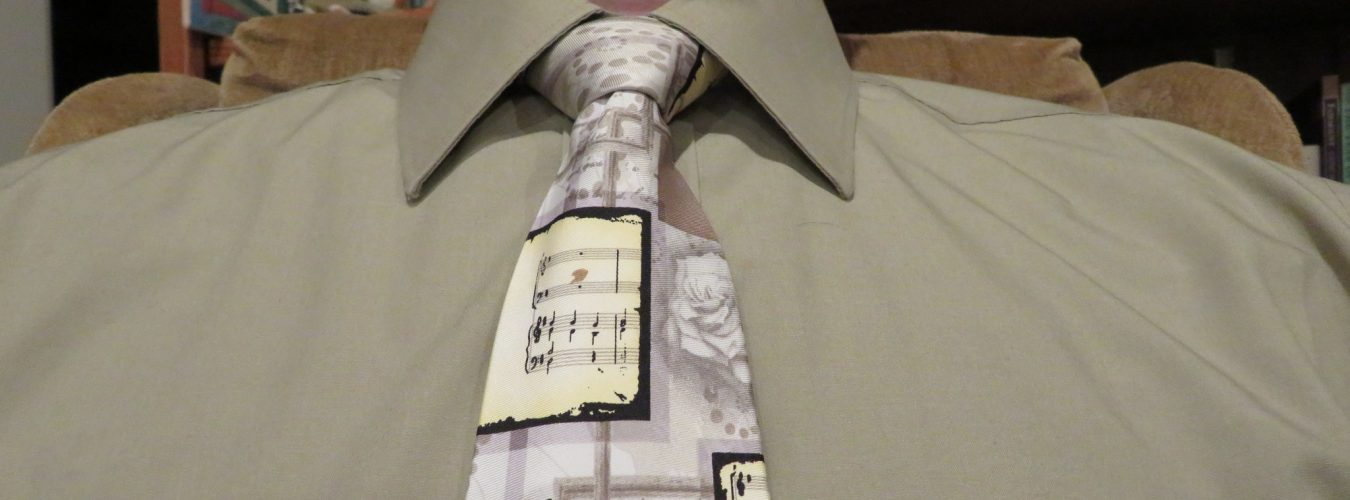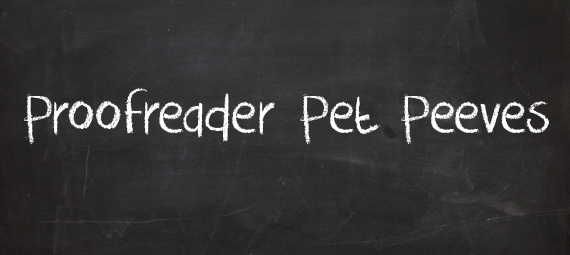During our Writers’ Bloc Lunch this past week, the topic of em dashes came up, which led to a discussion on the differences between hyphen, en dash, and em dash. As a proofreader and editor, I often find inconsistency in their usage, and sometimes they are just completely incorrect. Each has a very different purpose, which leads to a new pet peeve discussion. Designers and publishers, please define how you want hyphens, en dashes, and em dashes used in your style guide. Writers and designers, please follow those style guidelines. This is one of those areas that a style guide can really help a document.
- hyphen (-) “The hyphen connects two things that are intimately related, usually words that function together as a single concept or work together as a joint modifier (e.g., tie-in, toll-free call, two-thirds).” Chicago Manual of Style FAQ
- en dash (–) “The en dash connects things that are related to each other by distance, as in the May–September issue of a magazine; it’s not a May-September issue, because June, July, and August are also ostensibly included in this range. And in fact en dashes specify any kind of range, which is why they properly appear in indexes when a range of pages is cited (e.g., 147–48). En dashes are also used to connect a prefix to a proper open compound: for example, pre–World War II.” Chicago Manual of Style FAQ
- em dash (—) “The em dash has several uses. It allows, in a manner similar to parentheses, an additional thought to be added within a sentence by sort of breaking away from that sentence—as I’ve done here. Its use or misuse for this purpose is a matter of taste, and subject to the effect on the writer’s or reader’s ‘ear.’ Em dashes also substitute for something missing. For example, in a bibliographic list, rather than repeating the same author over and over again, three consecutive em dashes (also known as a 3-em dash) stand in for the author’s name. In interrupted speech, one or two em dashes may be used: ‘I wasn’t trying to imply——’ ‘Then just what were you trying to do?'” Chicago Manual of Style FAQ
But the challenge as a proofreader and editor doesn’t end at proper use and style guide choices. The Chicago Manual of Style and the AP Style manuals do not even agree on how to format them. Thus, you have to be sure which style guide your document is using before you utilize or edit the use of hyphens, en dashes, and em dashes. Check out how different just em dash usage is between the style guides.
This is the basic difference in how em dashes are rendered in AP style and Chicago style:
AP (p. 368): An em dash, like an ellipsis, has a space before and after, except when used to introduce items in a vertical list.
When she called her cats — Chardonnay, Patron and Guinness — the neighbors came running.
Chicago (2.13): An em dash has no space before or after, unless you’re doing some fancy word-replacing maneuvers with a 2-em dash.
Glitter, felt, yarn, and buttons—his kitchen looked as if a clown had exploded.
Miss S—— killed Professor P—— with a candlestick in the study.
http://apvschicago.com/2011/05/em-dashes-and-ellipses-closed-or-spaced.html
I have seen an increased usage of em dashes recently, almost replacing commas, colons, and semi-colons entirely in the books I have worked on. Too often I see a hyphen when they should have used an em dash, or I see — and the application use didn’t properly reformat to an em dash. It has gotten to the point that one of the first things I do in large documents is search for – and — to see if they are used correctly or should be replaced. Then as I read documents I am looking to be sure they are used properly in context.
What pet peeves do you have as a proofreader or editor that seem to come up often in documents you are working on?


